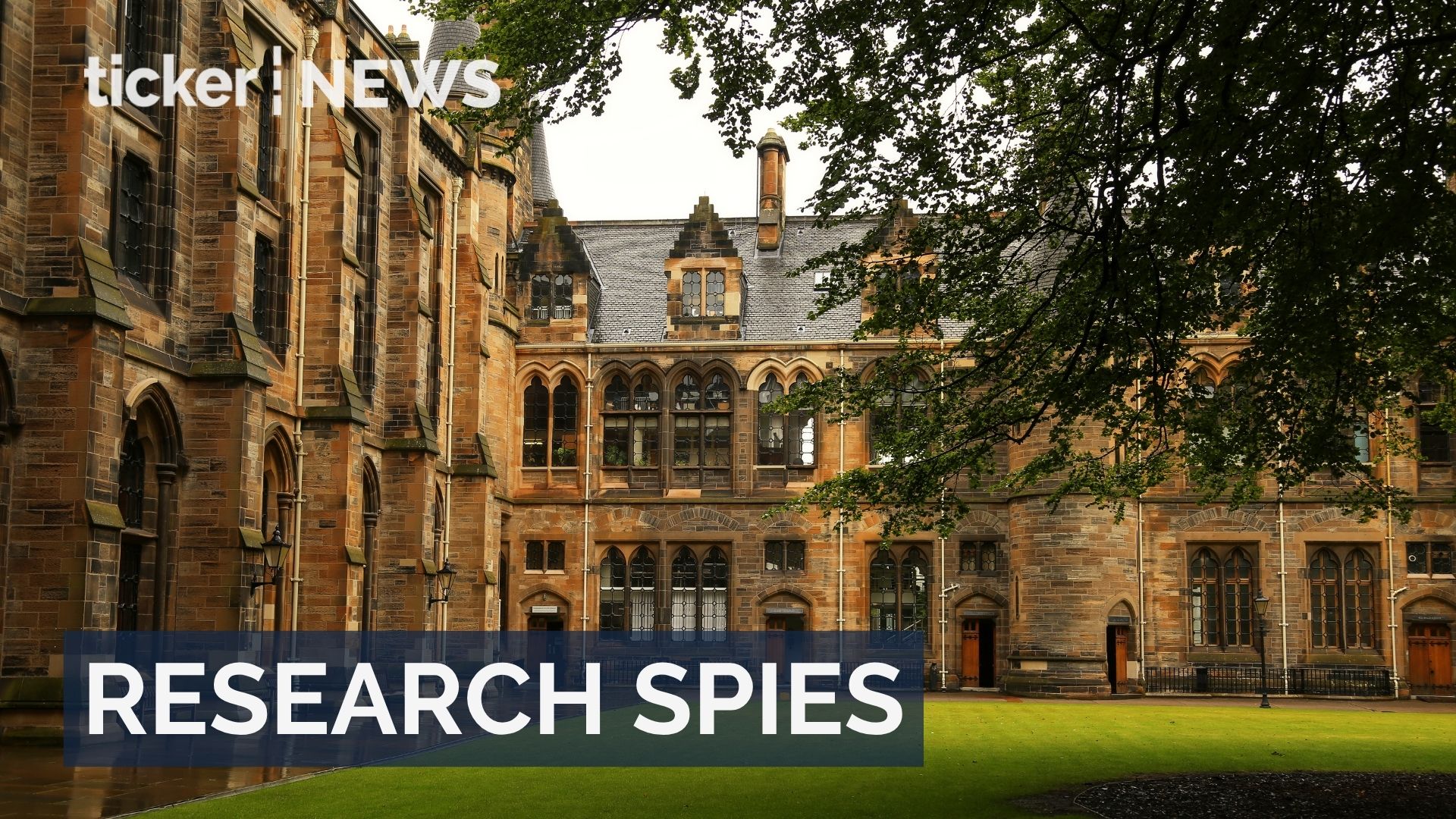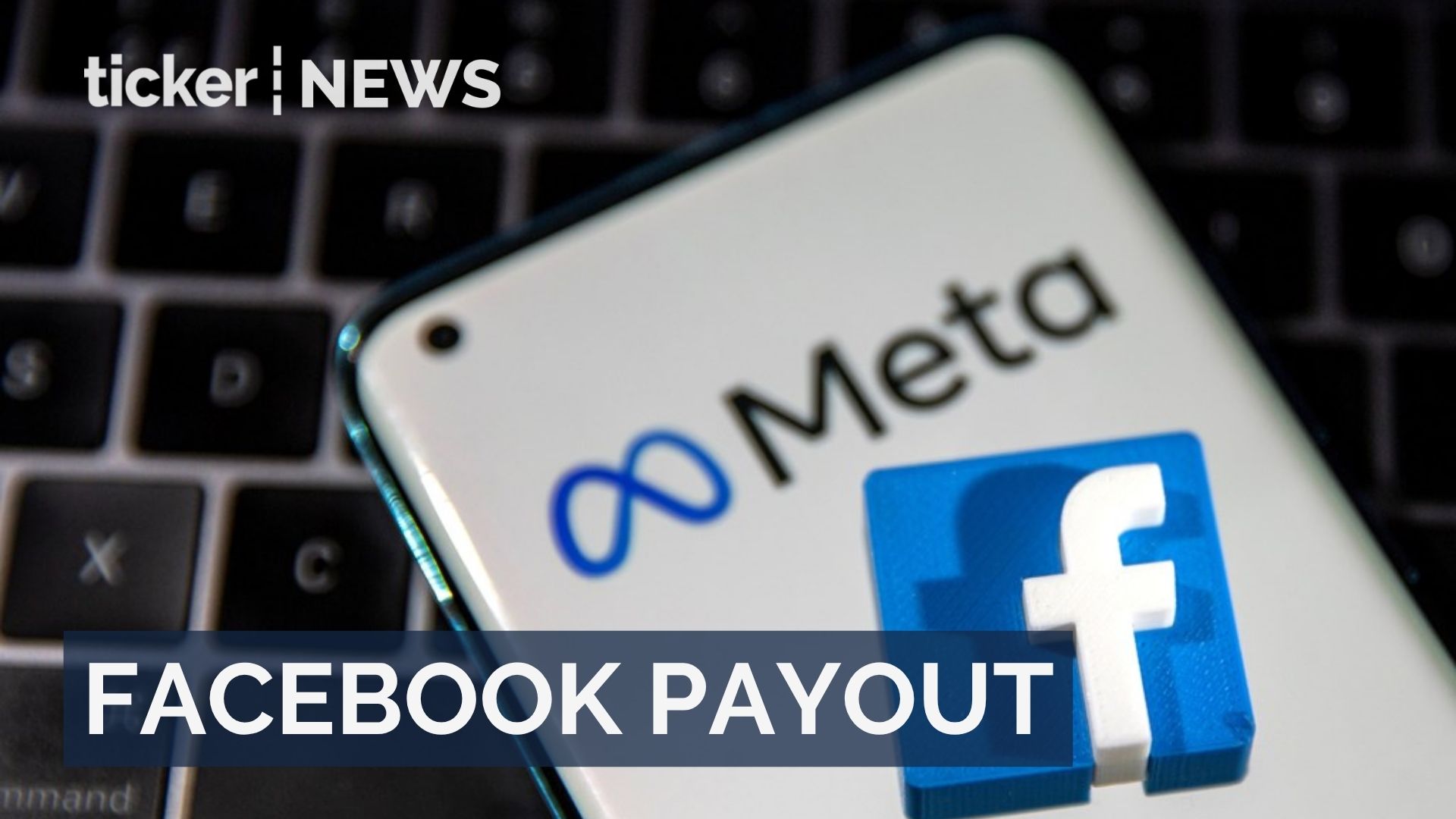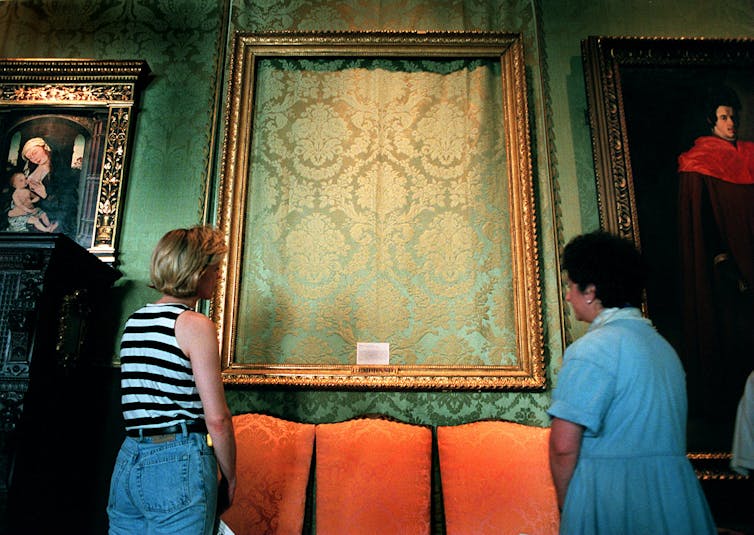In the run up to the launch of the latest series of The Kardashians, her new legal drama All’s Fair and the celebrations for her 45th birthday, Kim Kardashian made a very different kind of headline. She revealed that she had been diagnosed with a brain aneurysm.
Kardashian revealed her diagnosis in a teaser for The Kardashians Season 7, which includes footage of her undergoing an MRI scan believed to have identified the condition. So far, no details have been released about the type, size or location of the aneurysm, or whether it required treatment. It’s therefore unclear whether the finding represents a serious health threat or an incidental discovery; something that’s becoming increasingly common as more people undergo full-body scans or imaging for other reasons.
An aneurysm is a widening or bulging of any artery in the body. It most commonly occurs in the aorta (the body’s main artery), as well as in arteries of the limbs, neck and brain. When the swelling affects arteries in the brain, it is known as a cerebral aneurysm.
Brain aneurysms can have devastating effects. The nerve cells in the brain are not designed to come into direct contact with blood. To protect them, the brain has a natural defence system called the blood brain barrier, which carefully regulates what can and cannot pass from the bloodstream into brain tissue.
The largest risk factor of developing a brain aneurysm is being female. These aneurysms are around 60% more common in women than in men, and this increases further after menopause. Oestrogen helps to keep blood vessels flexible; when its levels fall after menopause, blood vessels become more vulnerable to damage.
A family history of aneurysms also increases risk. Someone who has two first-degree relatives – that’s parents, children or siblings – who have experienced a ruptured aneurysm has an 11% higher chance of developing one themselves. This is because genetic factors influence the structure and strength of blood vessel walls, making some people more vulnerable to weakness and damage.
This genetic link is also seen in several connective-tissue disorders which change the structure and function of artery walls, increasing the likelihood of an aneurysm. These include Ehlers Danlos syndrome, which causes overly stretchy skin and joints and weakens connective tissues, including those in blood vessels; Marfan syndrome, which often leads to long limbs, flexible joints and a higher risk of heart and blood vessel problems; Loeys Dietz syndrome, a rare condition that causes arteries to twist and widen; and Neurofibromatosis type 1, which causes non-cancerous growths along nerves and can weaken blood vessel walls.
Lifestyle factors can also play a role in increasing aneurysm risk. Current and former smoking are both strongly linked to weakened blood vessels. Quitting smoking reduces the risk, but it does not completely remove it when compared with those who have never smoked. High cholesterol can also damage blood vessels and raise the likelihood of an aneurysm.
In Kardashian’s case, she has mentioned stress as a contributing factor. Although stress itself does not directly cause aneurysms, it can increase blood pressure. Persistent high blood pressure, whether brought on by emotional stress or underlying health issues such as certain types of kidney disease, can weaken and damage blood vessel walls, making aneurysms more likely to develop.
Recreational drug use can also contribute to aneurysm risk, although there is no suggestion that this is relevant in Kardashian’s case. Cocaine raises blood pressure while narrowing blood vessels in the brain. These combined effects push pressure within the brain’s arteries even higher, increasing the chance of aneurysm formation and rupture. Amphetamine and methamphetamine have similar effects, altering blood vessel diameter, raising blood pressure and driving inflammation that weakens vessel walls. These processes contribute to aneurysm formation and an increased rate of progression and rupture.
When an aneurysm does form, its effects depend largely on where it develops and whether it ruptures, which can make symptoms unpredictable and sometimes difficult to recognise.
Ruptured cerebral aneurysms often begin with a small leak of blood that causes a sudden, severe headache, often described as “the worst headache of my life” or a thunderclap headache. This may serve as a warning sign of a larger rupture that could occur hours, days or even weeks later. Other symptoms can include uncoordinated movements, nausea, vomiting and sudden changes in consciousness.
Unruptured cerebral aneurysms tend to cause a wider range of symptoms because the effects depend on where the aneurysm is developing. Nerves responsible for vision, balance, hearing, swallowing and speech all run close to major blood vessels in the brain, so even a small change in pressure can have noticeable effects.
Vision problems are common, presenting as double or partial loss of sight. Eye pain or difficulty moving the eyes due to muscle weakness, a stiff neck and ringing in the ears may also occur. Less common symptoms include neck pain and difficulty swallowing.
Because these symptoms overlap with many other conditions, diagnosing an aneurysm can be challenging. Unruptured aneurysms often grow slowly and may not cause symptoms until they reach a certain size, while ruptured aneurysms appear suddenly and require emergency treatment.
Once discovered, aneurysms are measured and categorised. The smaller the aneurysm, the lower the risk of rupture. Those with a diameter under 7mm are least likely to rupture, those between 7mm and 12mm are considered medium, 12mm to 25mm are large, and anything over 25mm is classed as giant. The size and location of the aneurysm are key factors in determining its risk. Aneurysms on arteries at the base of the brain carry a higher chance of rupture.
Treatment depends on individual circumstances, and not all aneurysms require intervention. In fact, many people live healthily with small aneurysms without ever realising they have them. There are growing detection rates as imaging becomes more common and less invasive, and AI is also being used to improve accuracy. Small, symptom-free aneurysms are often monitored with regular imaging scans, especially in people with few additional risk factors. Treating underlying conditions such as high blood pressure can reduce the risk of rupture.
Those cerebral aneurysms that rupture or are at high risk of rupture require surgical intervention. The two most common procedures are clipping and endovascular repair. Clipping is a more invasive operation that involves opening the skull to access the aneurysm directly, and it is better suited to certain aneurysm locations.
Endovascular repair is less invasive and involves inserting a catheter through a blood vessel in the leg, guiding it into place and delivering a coil that prevents blood from entering the aneurysm. These coils are usually made of platinum and measure between half the width of a human hair to twice the width.
Because aneurysms are often silent until they reach a critical point, any sudden or unexplained neurological symptoms should always be assessed by a medical professional.![]()
![]()
Adam Taylor, Professor of Anatomy, Lancaster University
This article is republished from The Conversation under a Creative Commons license. Read the original article.
























